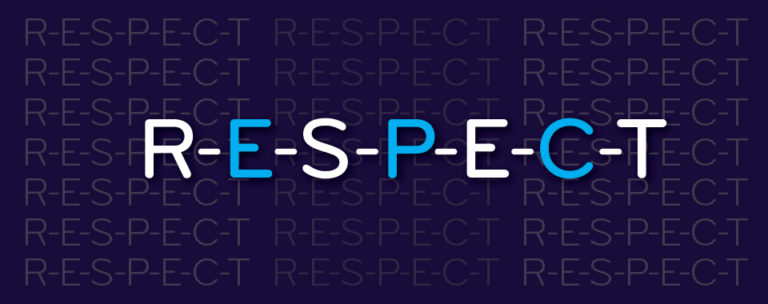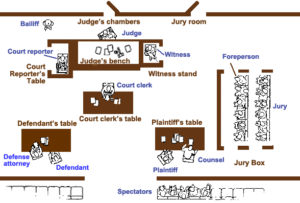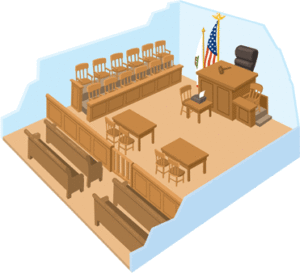Coping with Chronic Pain and Illness: Whole Health includes Psychological Health
An interview with Ann Becker Schutte, Ph.D Last year, for the first time, I attended Stanford...
READ MORE
May 5, 2015 marks the start of another transvaginal mesh trial, this time in Los Angeles, as Roseanne Sanchez and her legal team plead her case against Boston Scientific in California’s Central District Court.
Ms. Sanchez was implanted with BSC’s Pinnacle Pelvic Floor Repair Kit to treat pelvic organ prolapse and the company’s Advantage Transvaginal Mid-Urethral Sling System to treat stress urinary incontinence.The trial will be presided over by the Honorable Judge John F. Walter. The judge has scheduled five days for this trial. Many mesh-injured folks feel as though the legal process is achingly slow. I often feel the same way, so I want to offer encouragement to those of you in watchful waiting. You can be an observer, witness to the process of justice for another mesh-injured person whose trial date has arrived.
There are some official and unofficial rules for courtroom decorum. Trial by jury is a constitutional right afforded to every American, as is the public’s right to view such proceedings. There are some exceptions, but I’d like to offer some general guidelines for participating in the process of justice as an observer, so that you may attend any trial with confidence.

Typical layout of a courtroom.
Any of us can attend a transvaginal mesh trial as an audience member. As trial dates are announced for claimants, you may want to attend to become familiar with the process.
Similar to an airport, courthouses have tight security. A good rule of thumb is, “Don’t bring anything to the courthouse that you would not bring on a plane.” Courthouses have cafeterias and vending machines, and many bathrooms, should you need a break, lunch or a beverage. If you pack a lunch, leave it in a cooler in your car until you know if outside food or drink is allowed through security.
Respect for the judge and the legal process is paramount. Think of the courtroom as a classroom. As students of the proceedings, we must be punctual; must keep conversation to a minimum; refrain from the use of phones and other digital devices, unless otherwise specified by the judge; and keep our attention focused on the proceedings. After all, the primary reason we are there is to observe and learn. I have the personal habit of attending the first day of trial to listen to the judge’s reminders regarding courtroom behavior and to understand his preferences, which may be specific for each judge and/or for each trial.
A good standard to follow is to dress like you would for a job interview. Business attire is most appropriate, but casual, comfortable dress can be appropriate if you adhere to a few principles. Refrain from plunging necklines, short skirts, tank tops, shorts, flip flops, etc. This unofficial expectation exists so that individuals involved in the trial in an official capacity, especially the jurors, remain undistracted. The judge, jury, attorneys, plaintiff(s) and defendant(s) are working hard to honor due process of law, which we all hold dearly. Showing too much skin, wearing tight attire or wearing noisy jewelry or accessories is ill-advised. Similarly, avoid wearing clothing which displays a political or controversial message, profanities, inappropriate, or disrespectful content.

The judge will adjourn (recess) court and re-adjourn when court is in session.
A good rule of thumb is the old adage, “Speak only when spoken to.” Court is generally recessed for lunch and, at the judge’s discretion, a few breaks throughout the day. You you may see jurors, attorneys, witnesses, other audience members, and even the plaintiff or defendant in hallways and other common areas as everyone in the courtroom takes time to rest, eat, use the restroom, etc. Refrain from speaking to ANY individual involved in either side of the case. I find it helpful to attend proceedings with a friend or other interested party not directly involved in the case. This approach allows me to socialize, communicate about the trial with someone, and have a lunch companion, all without violating any of the judge’s rules or any unspoken courtroom etiquette.
Jurors are instructed not to speak to any person other than fellow jurors and representatives of the court, so that the process of justice can be kept unadulterated by any influence outside the courtroom. Speaking to a juror is a serious offense and a serious breach of ethics. Often the judge prohibits jurors from reading any news or watching television. Sometimes jurors are sequestered, which carries more firm orders from the judge to the jury. There is never an appropriate time to speak with a juror.
The presiding judge may enforce very strict courtroom conduct, including specific directives, like barring the use of laptops or cameras. At his pleasure, the judge may allow or disallow any person from the courtroom if he/she deems that person to be a distraction or potentially to disrupt due process of law. For example, imagine if a well-known celebrity decided to attend your transvaginal mesh trial. The element of disruption by possible paparazzi, fans, and even the risk of distracting any juror (should he/she be familiar with the public figure), could have serious consequences for the outcome of the trial. The judge will rule in these matters by specific trial, to protect the integrity of judicial process.
The presiding judge controls the courtroom environment in all respects. Though any member of the press has the right to observe and report on a trial, the judge may impose limits, including how many and which members of the media may be present; if still or video cameras are allowed; if audio recording is allowed; and if media members are allowed to use digital devices, including laptops. Some judges allow all or a combination of the above; others allow none of the above. Decisions regarding media attendance are reserved for the presiding judge in any trial, and his/her edicts may vary from trial to trial. The judge often decides before trial how media attendance will be handled, especially in the case of a high-profile trial. Think O.J. Simpson. Too many attendees, whether media or spectators; can disrupt the objectivity of proceedings, and result in a biased or unfair trial for the parties involved.

Spectators are permitted to sit anywhere behind “the bar” (the gate which separates the public observation area from the area reserved for parties involved.
Imagine the courtroom as a wedding, albeit certainly less celebratory. It has two sides, one for the plaintiff(s) and his or her attorneys and advisors and the other for the defendant(s) and his or her counsel and advisors, etc. If you attend as a friend of the bride, you will typically sit with her family, on her side of the aisle. If a friend of the groom’s, you would sit with his family and friends, opposite the bride’s. As in a wedding, this practice is one of etiquette, rather than a formal rule. You may sit on either side, and in a courtroom, you may prefer to sit on each side at some point, changing your location during recess. In lengthy trials, a sort of unofficial seating chart is established for those who attend every day or most days of the trial. As the seating arrangement emerges over time, I find it’s best to honor this unofficial social rule more out of respect and kindness for others. I typically sit at the back until I understand the unofficial courtroom landscape. Top of mind for me is the comfort of the plaintiff and the respect for all official parties involved. They should have the best vantage point to do their jobs without interference.